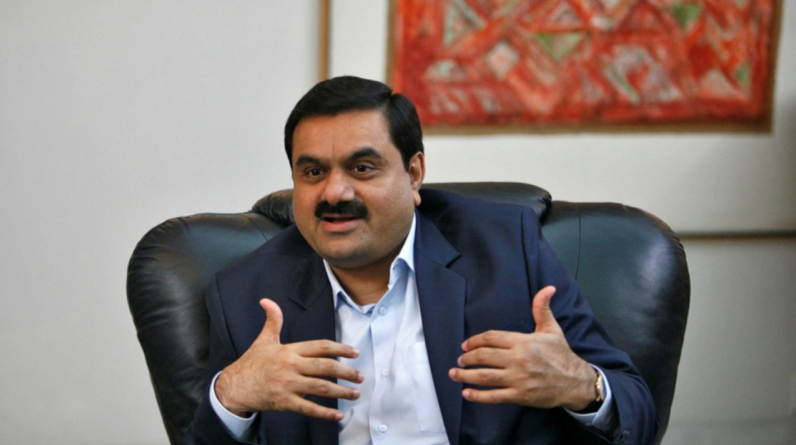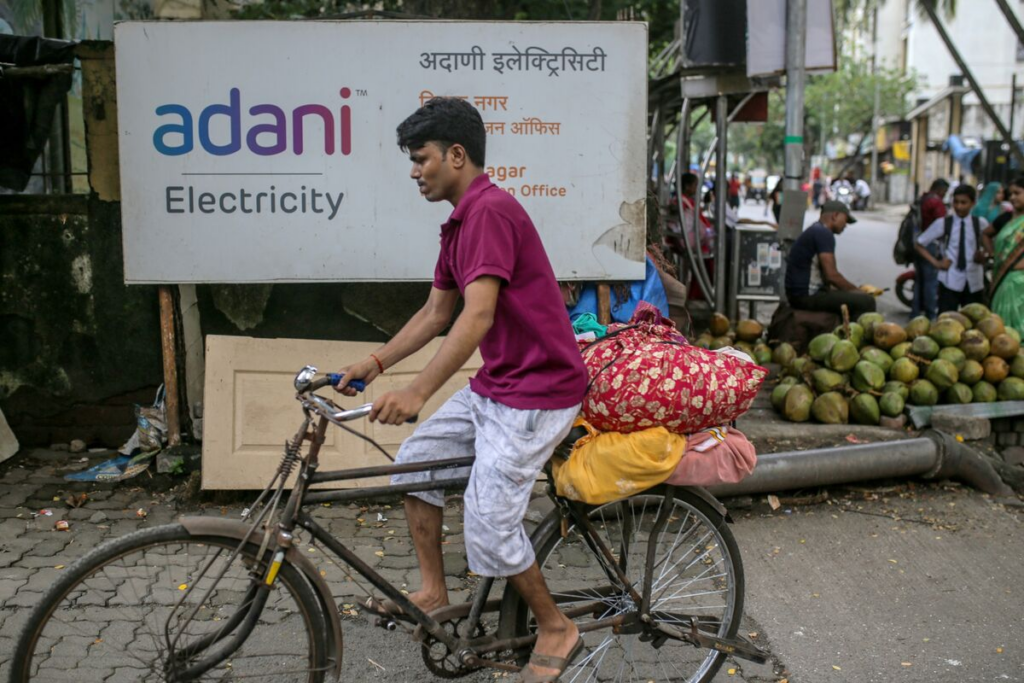
As Gautam Adani’s conglomerate recovers from a historic meltdown, he must convince investors and lenders to fund his capital-hungry enterprises.
Adani Transmission Ltd. illustrates the billionaire’s and the government’s need for money.
It helps PM Narendra Modi fulfill his promise to power every Indian household. It advertised on Monday that it could “distribute electricity to every corner of the country.”
Fitch Ratings estimates that the business may need to inject $700 million by March 2026 to meet project obligations, and that’s before considering future expansion plans.
After months of damage control and refuting US short-seller Hindenburg Research’s charges of massive corporate misconduct, the conglomerate is racing to resume business as usual to fund infrastructure projects like Adani Transmission.

Modi, who faces national elections in early 2024 and prioritizes infrastructure, also has big stakes.
Adani Transmission’s growth
In seven years, Adani Transmission grew its asset portfolio 3.6 times to 19,779 circuit kilometers (ckm) across 33 projects.
The Warora-Kurnool Transmission line, which crosses three southern Indian states, is the largest of these 13 projects, however several are delayed or over budget.
The Adani group is the only private enterprise building up quickly in India’s infrastructure sector, despite weather, epidemic, and legal challenges. The company’s expansion is vital to India’s objective of adding 27,000 ckm of transmission lines by 2025.
The utility firm, one of two Adani companies seeking to offer fresh shares for the first time since the short seller debacle, unveiled ambitions to raise up to $1 billion earlier this month.
“Adani Transmission has always been aggressive on capex so the $1 billion fundraising will help them maintain growth momentum at a time when the group as a whole has had to soften their targets to come out of this logjam,” said Kranthi Bathini, director of equity strategy at WealthMills Securities Pvt.
He said, “As the transmission business has high working capital needs, it might have to also raise additional debt to finance their capex requirements.
In a March 30 statement, India Ratings and Research, Fitch Rating’s local subsidiary, stated the company’s capital injection required by March 2026 for its active projects has increased 60% to 5,795 crore ($700 million). The utility company invests extra due to cost overruns or insufficient borrowings.
India Ratings downgraded Adani Transmission to “negative” due to debt finance concerns for the under-construction transmission lines. “To meet project completion deadlines, potentially creating cashflow mismatches over FY24,” it stated.

“We do not comment on routine business matters,” an Adani Group representative stated in an email. “All public disclosures on business matters are disclosed when appropriate,” the spokesman replied when asked how Adani Transmission planned to fill the cash shortfall.
‘Top assets’
High-profile investors believe Adani Transmission’s importance to the nation’s growth.
Last week, GQG Partners Chief Investment Officer Rajiv Jain told Bloomberg that GQG has increased its investment in the Adani business to $3.5 billion.
Jain stated, “These are the best possible infrastructure assets available in India.” Jain asked, “Who else in India is creating such quality infrastructure assets at this scale?”
Adani is one of the few private sector enterprises in India that can endure the risks of infrastructure development in the huge, unmanageable country.
Company equity and debt fund infrastructure projects. Delays, higher inputs, and legal issues raise project expenses.
At the end of March, India Ratings reported that rising input and execution costs will cause the Warora-Kurnool Transmission Line, its longest project, to exceed by 670 crore. “Management confirmed that it will fully support the project to fund the entire cost-overrun,” the statement stated.
The Tata Group challenged Adani’s license for a year, delaying AEMIL, another project.

Bloomberg data from company presentations and government websites predicts eight Adani transmission lines will be online by March 2024 following some delays.
Good orders
Recent events are helping the Adani Group return to pre-Hindenburg growth.
Adani Transmission received favorable regulatory orders to raise electricity tariffs in its operating projects to make up for revenue shortfalls earlier this month after a Supreme Court panel found no regulatory failure or market manipulation.
It’s another illustration of the company’s ability to overcome infrastructure development challenges in India, where energy rates are auctioned and utilities can’t recuperate project implementation expenses from end customers. They must ask the federal or state regulator for higher tariffs, a long legal procedure.
At the end of March, the state power regulator approved the utility’s tightly controlled subsidiary, Adani Electricity Mumbai Ltd., to boost customer bills by 2.2 percent in FY24 and 2.1 percent in 2025.
However, many investors are waiting to see if the unit can secure finance before buying the shares again. Its stock, down 67% this year, have recovered slowly from the Hindenburg crash.
Deven Choksey, CEO of local brokerage KR Choksey Shares & Securities, said fresh investors are needed for new buying. The stock won’t appreciate till the equity financing is complete.
